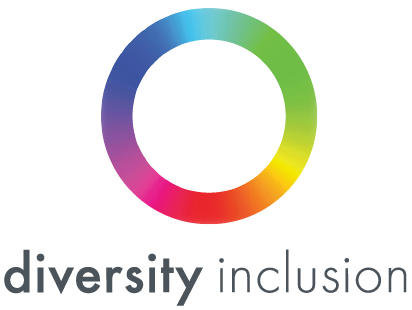Your blueprint for creating the inclusive leaders of tomorrow
Inclusive leadership can be an organisation’s secret weapon; a robust competitive advantage that delivers long-term business results.
How can this be? It’s simple. Global studies have all led to the same conclusion – that diversity and inclusion (D&I) drives superior business performance. By investing in leaders who understand and employ an inclusive leadership skill set, the benefits emanating from D&I can be optimised and realised much faster.
What is inclusive leadership?
Inclusive leadership can be characterised by:
treating everyone fairly, regardless of their differences
accepting and embracing people who are different from you
being aware of your own biases and inclinations
making a conscious effort to consider and leverage the unique thinking of diverse individuals, leading to more robust decision-making.
These leadership behaviours ultimately create a psychologically safe workplace.
By embodying the traits of inclusive leadership individuals can operate more effectively within diverse markets, form better relationships with diverse customers, enhance decision-making, and generate more varied and unique ideas. Inclusive leadership can also drive an inclusive culture that supports the potential of all employees, regardless of their difference and calls out inappropriate and negative behaviours.
So, how can your organisation instil leaders with inclusive leadership competencies?
1. Create a compelling reason to support D&I
For people to truly buy-in to a concept, they need to understand it, and believe it wholeheartedly. By getting each leader to articulate their ‘compelling reason’ for supporting and championing D&I, a greater emotional connection can be formed. This means that leaders are more likely to be inspired, motivated, and committed to building a robust internal D&I culture. In addition, their passion can often inspire and energise others to contribute to this vision.
However, this process of personal introspection can be different for each leader, with some finding the task more challenging than others. Some individuals know immediately why they support D&I and are comfortable sharing their perspective. Other leaders, however, may need some support to unearth their authentic motivation for supporting workplace D&I.
2. Ask the right questions to drive an emotional response
To kickstart this process of connection, ask your leaders to ponder the following questions:
Why is workplace D&I important to you?
Can you think of a time when you felt on the outer, not accepted, excluded, judged or the odd one out?
How did that make you feel?
What impact did it have on you and those around you?
How do we want people to feel in this organisation?
What culture do we want to create/drive in this organisation?
How can you contribute to this?
Some leaders (who are traditionally part of a dominant group) may have not experienced feelings of exclusion for some time. When asking these questions, it can be effective to get leaders to think about their life experiences, not just examples from the workplace context, which may be limited.
The key is for individuals to tap into the feelings of exclusion (e.g. feelings of vulnerability, fear, self-doubt etc.) as a way to drive greater empathy, understanding and support for inclusive workplace practices.
3. Sponsorship can change the D&I equation
One of the most effective ways to become a more inclusive leader and drive a culture of diversity and inclusivity, is to become a workplace sponsor.
Sponsorship involves workplace leaders connecting with sponsees (future leaders) who are different to them. Sponsors are tasked with:
actively driving sponsee career development by advocating for them
finding and supporting opportunities for sponsee promotion or development opportunities
introducing sponsees to new and influential networks.
Sponsorship creates a symbiotic relationship between the sponsor and sponsee, with reciprocal benefits experienced by both parties. It’s a win-win!
Importantly, sponsors gain a powerful insight into the career challenges/barriers from the sponsee’s perspective (e.g. a woman in a male-dominated workplace and/or industry). As a result, leaders can be exposed to instances of workplace inequality that they wouldn’t normally see or experience in their career. This can spark a strong passion and commitment to realise D&I in their organisation, transforming workplace culture and leadership behaviour.
To learn more about the benefits of sponsorship and how it drives workplace D&I, please read our article here.
Interested in driving inclusive leadership in your organisation? Chat to us!

